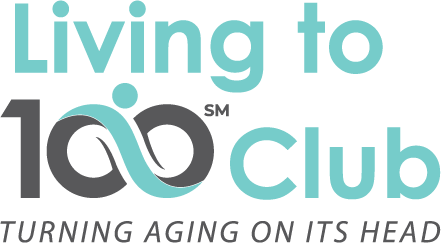Chronic respiratory disease impacts the airways and structures of our lungs and causes limitations in airflow. The most common are chronic obstructive pulmonary disease (COPD) and asthma, though pulmonary hypertension and occupational lung diseases are also included. According to the World Health Organization, over 3 million people die each year from COPD, an estimated 6% of all deaths worldwide. We know more about COPD than ever, and researchers have confirmed that tobacco smoking (including second-hand smoke), air pollution (indoor and outdoor), and allergens are the chief risk factors. Although COPD is generally not curable, reducing and avoiding these risk factors – many through changing behaviors – can reduce symptoms and improve quality of life.
The following is derived from the
Handbook of Health and Behavior: Psychological Treatment Strategies for the Nursing Home Patient
Joseph M. Casciani, PhD
This is part of a series where Dr. Casciani makes you aware of and informs you about series medical conditions your patient or loved one may be facing.
A more detailed, clinical, and complete description can be found in the handbook.
Medical Condition – RESPIRATORY DISEASE
Chronic obstructive pulmonary disease (COPD) is a collection of diseases that include emphysema, chronic asthma, and bronchitis. In COPD, airflow from the lungs is permanently obstructed.
The most common form of COPD is a combination of chronic bronchitis and emphysema that causes a loss of lung function. It occurs mostly after age 40 and affects twice as many men as women.
Chronic bronchitis and emphysema result from irritation of the airways over a long time, usually by cigarette smoke or air pollution. Bronchitis and emphysema can occur separately but often develop together. In chronic bronchitis, the airways are narrowed by swelling and become infected with bacteria. The infection causes yellow or green sputum that blocks the narrow airways and makes breathing difficult. In emphysema, the tiny air sacs in the lungs become damaged. The walls of the air sacs stretch and rupture, which causes a decrease in the ability of the lungs to exchange carbon dioxide and oxygen.
COPD causes strain on and enlargement of the heart, increased blood pressure in your lungs (pulmonary hypertension) and swelling of legs and ankles (edema). COPD usually has symptoms of both chronic bronchitis and emphysema. These symptoms may include:
• deep, persistent cough, producing yellow or green phlegm (sputum)
• wheezing, shortness of breath, difficulty breathing
• rapid breathing
• blue-purple color in the skin (cyanosis)
• swelling in the legs, ankles, and feet
• anxiety
Asthma is a chronic condition that impacts the airways carrying air in and out of the lungs. Because of inflammation, these airways tighten and narrow, restricting the air flow, making
breathing more difficult and limiting the amount of oxygen intake. With more inflammation and swelling of the airways, the decreased airflow can trigger an asthma attack, which can be extremely frightening and potentially lead to death. Asthma is generally categorized according to its frequency (intermittent to persistent) and severity (mild to severe).
What are the Medical Consequences?
Air flow limitations; chronic cough and sputum production; limited physical activity; mood and cognitive fluctuations; anhedonia; anxiety and fear of dyspnea. Asthma can lead to increased hospitalization and ER visits, sleeping difficulty, and preoccupation with impaired breathing that then contributes to cognitive difficulties, including poor concentration and attention. Respiratory disorders can also contribute to symptoms of panic disorder, including hyperventilation, somatic discomfort, and fears of losing control.
What are Contributing Factors?
There are many common factors contributing to COPD and asthma, including: cigarette smoking; exposure to air pollutants, dust, gases, or fumes; emotional posture of withdrawal and hypervigilance; anxiety, fear, or anger exacerbating breathing distress; depression resulting in lying in bed most of the day and restricting full oxygenation of the lungs; general reduction in physical activity, further contributing to muscle atrophy, de-conditioning, and, consequently, greater demands on pulmonary system.
What Negative Attitudes can Develop?
• If I get out of bed I will surely have difficulty breathing.
• It’s best I avoid any activity that might trigger breathing problems.
• I must avoid any breathing difficulties, or I might suffocate and die.
• I’m not able to have any kind of joy or pleasure in my life with this breathing problem.
• I can’t exercise because I will be out of breath.
• Just one cigarette holder and they will make you feel better.
• If I can’t breathe I just can’t live.
• I will die if I can get my breath.
• I will just give up because all exertion makes me short of breath.




